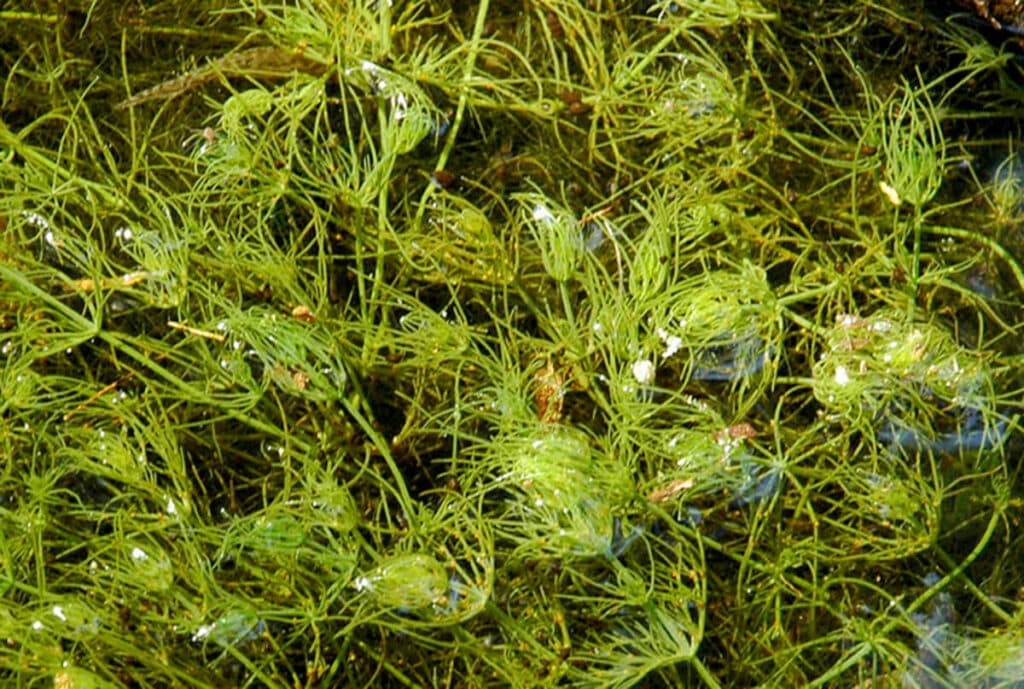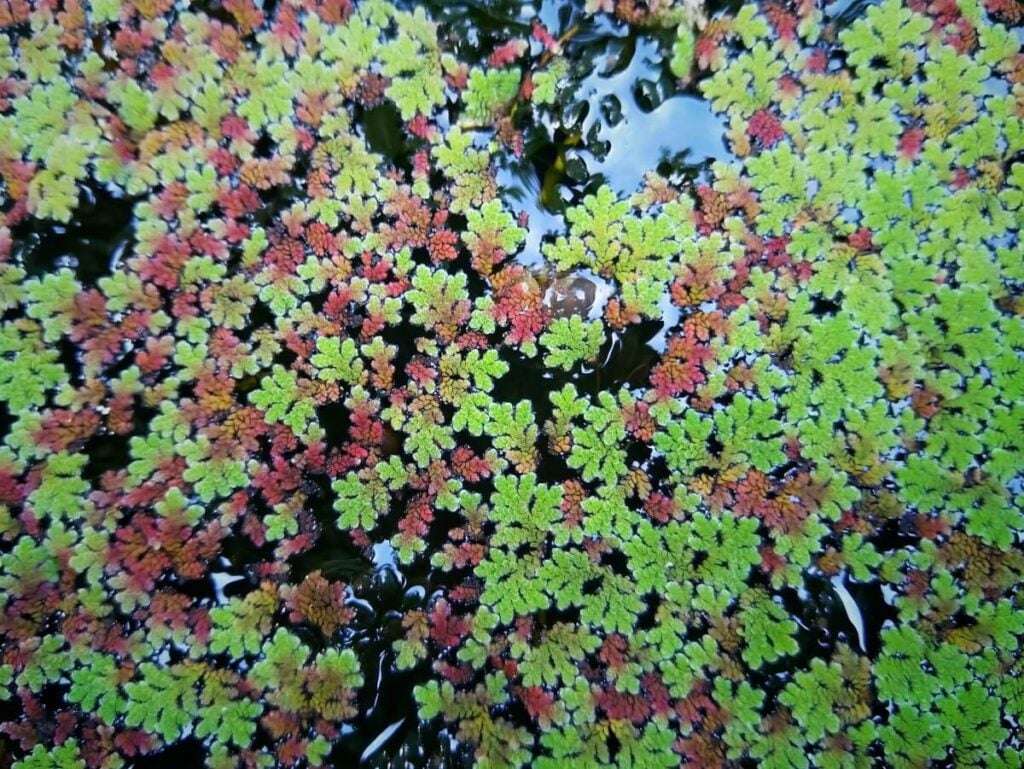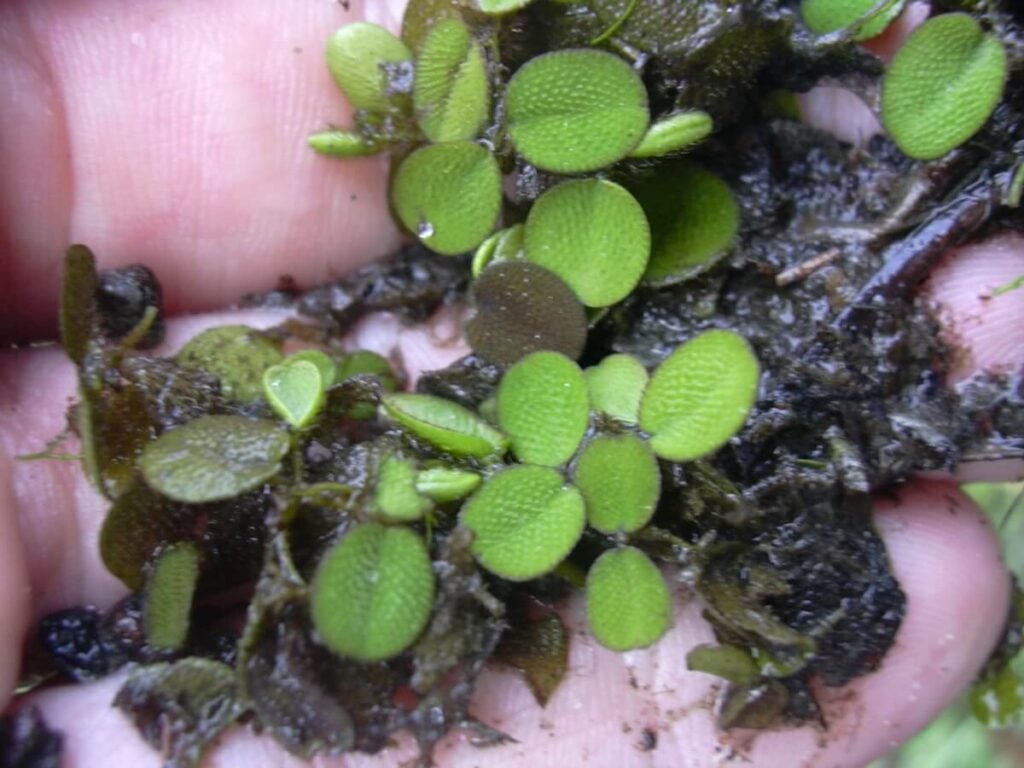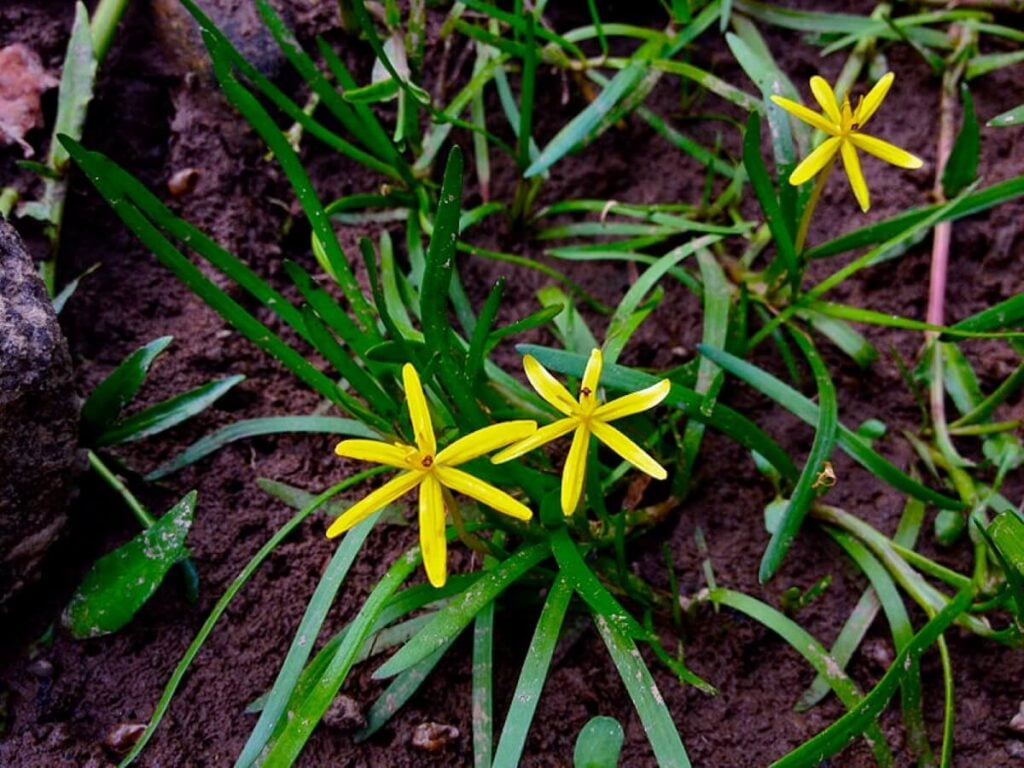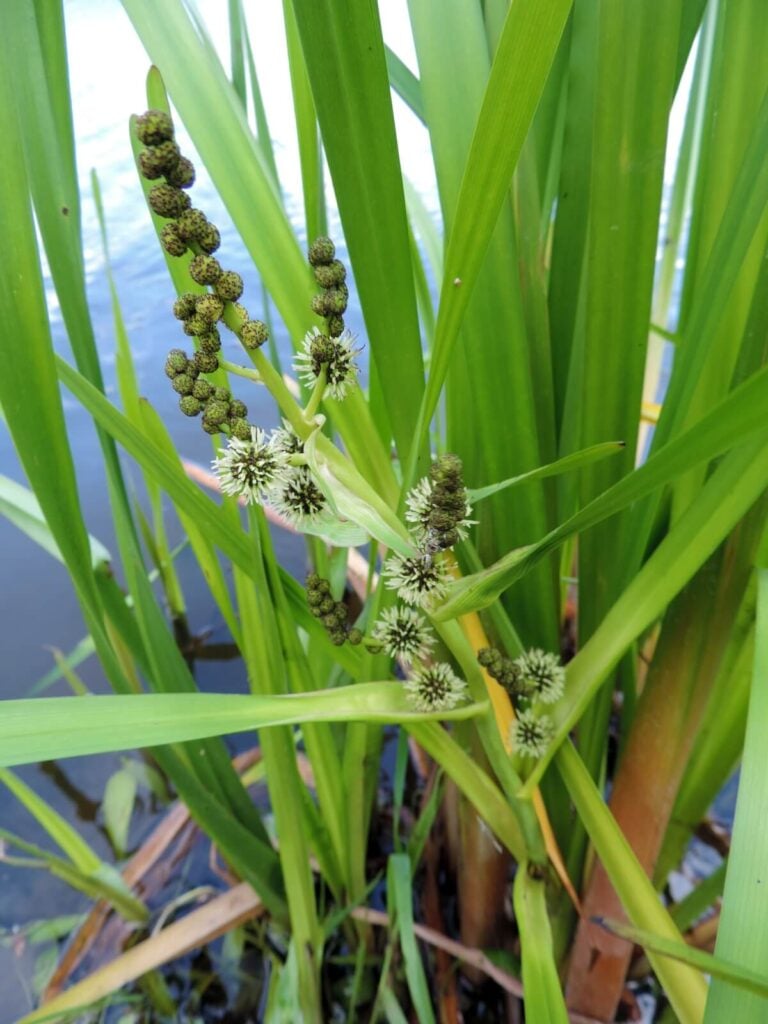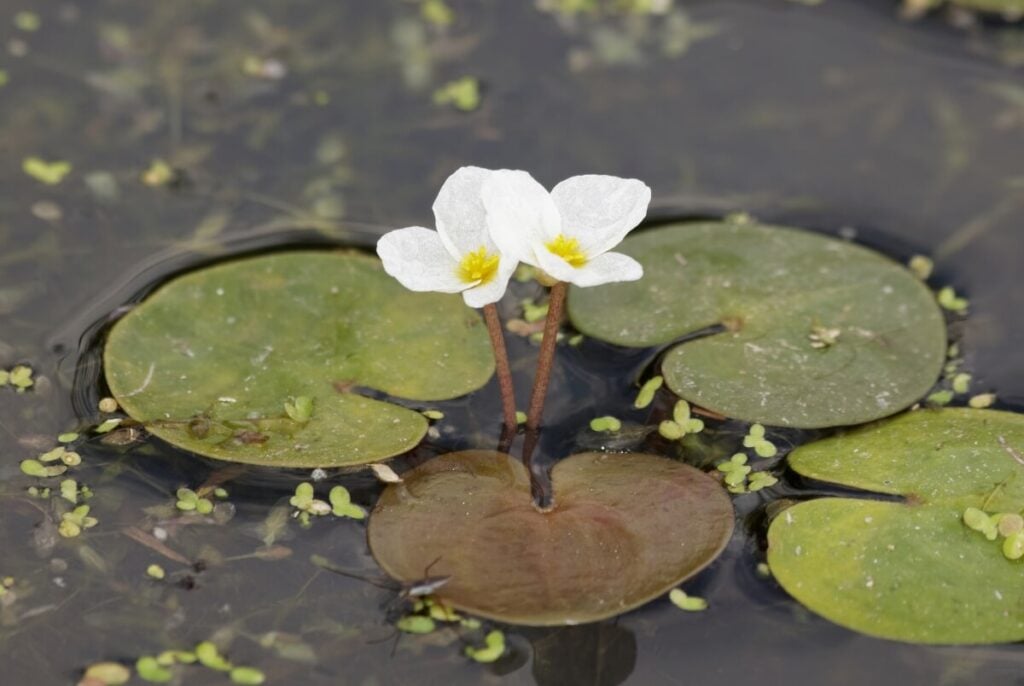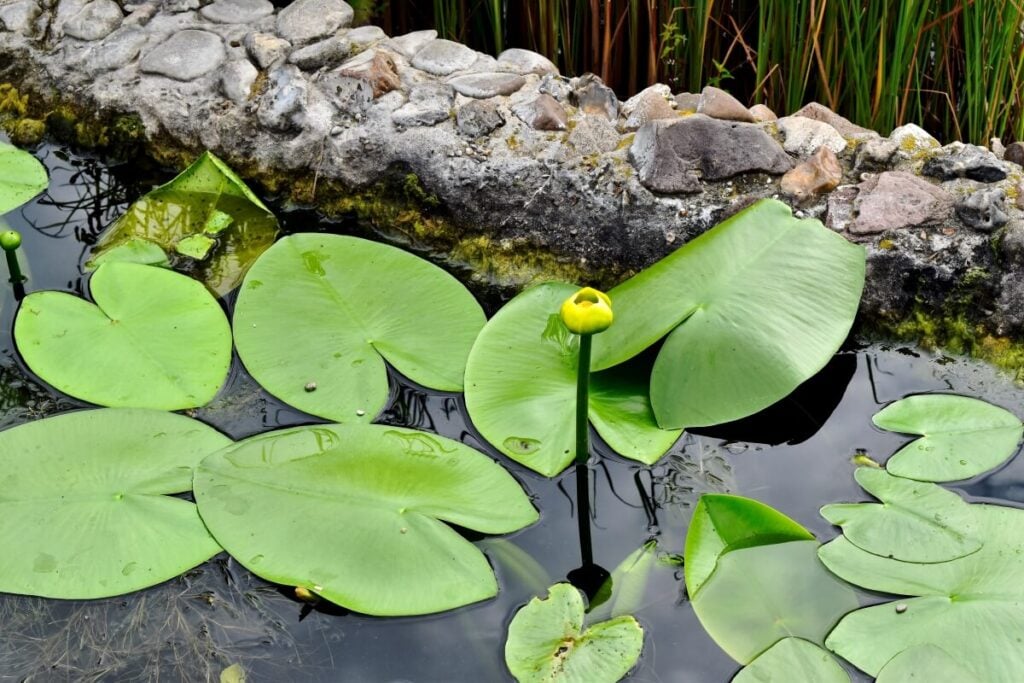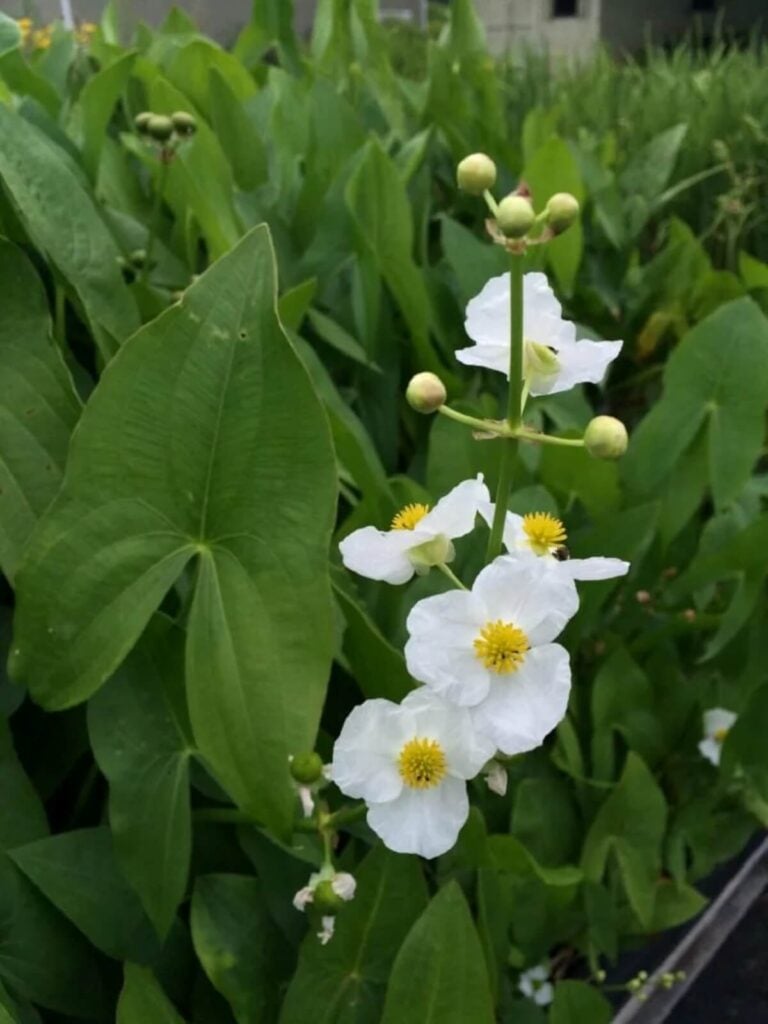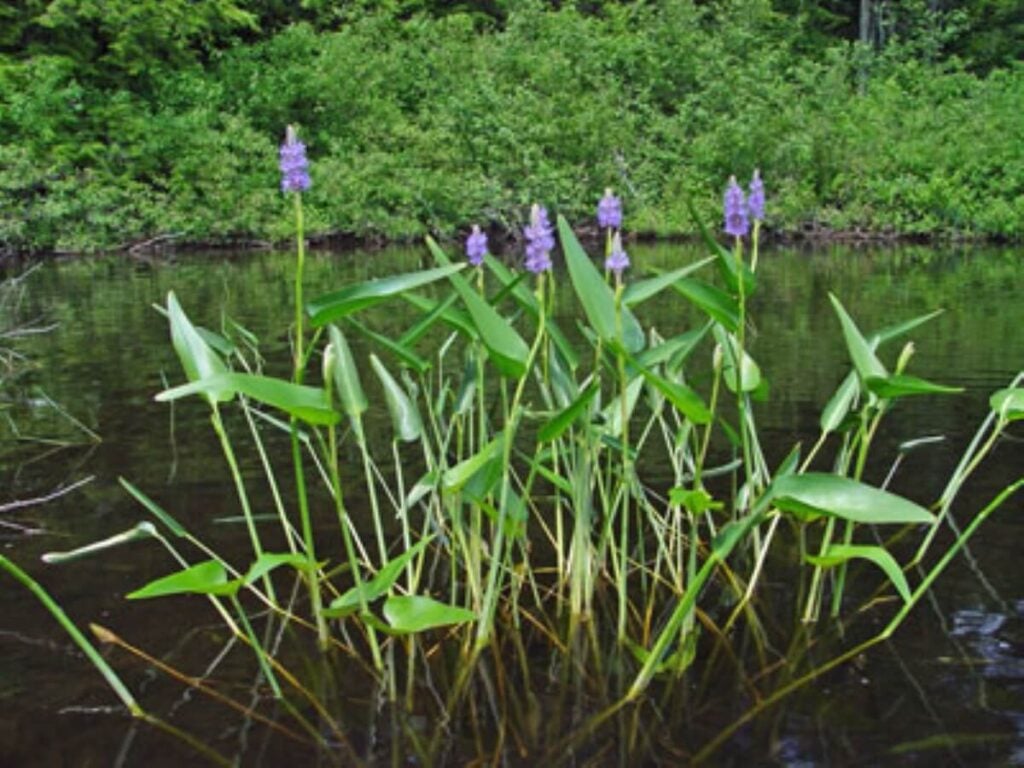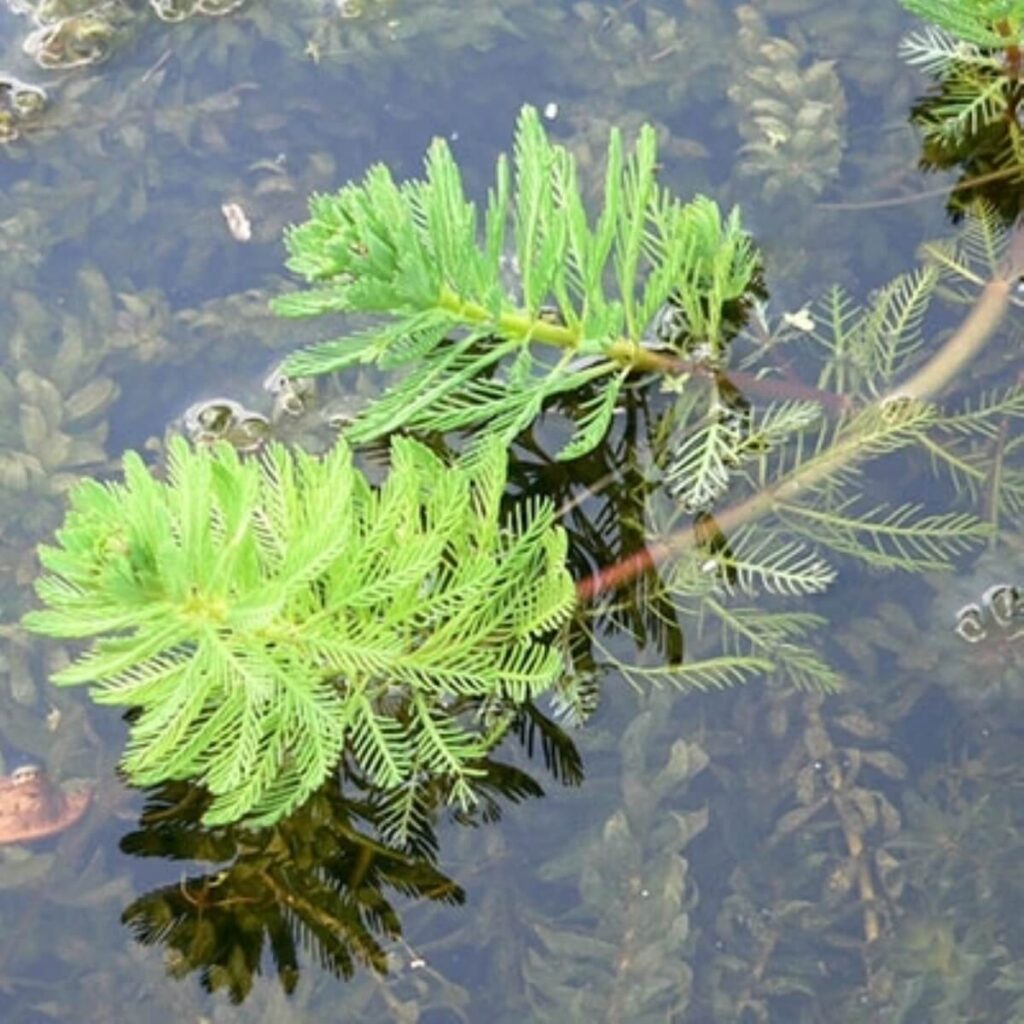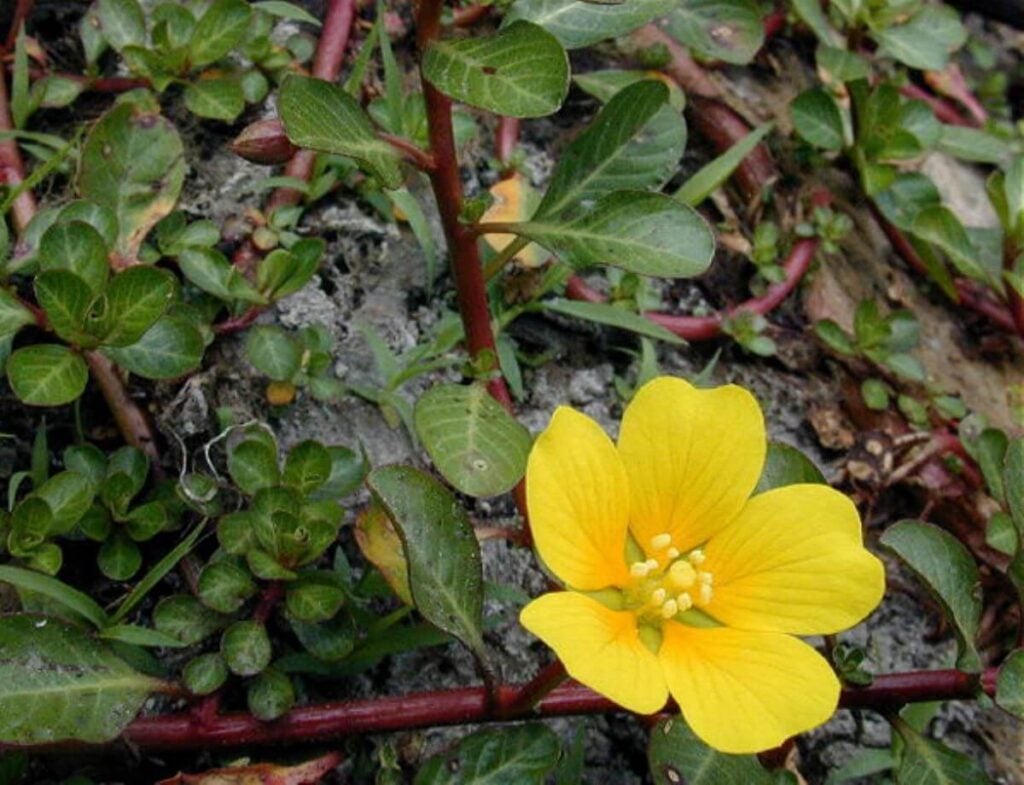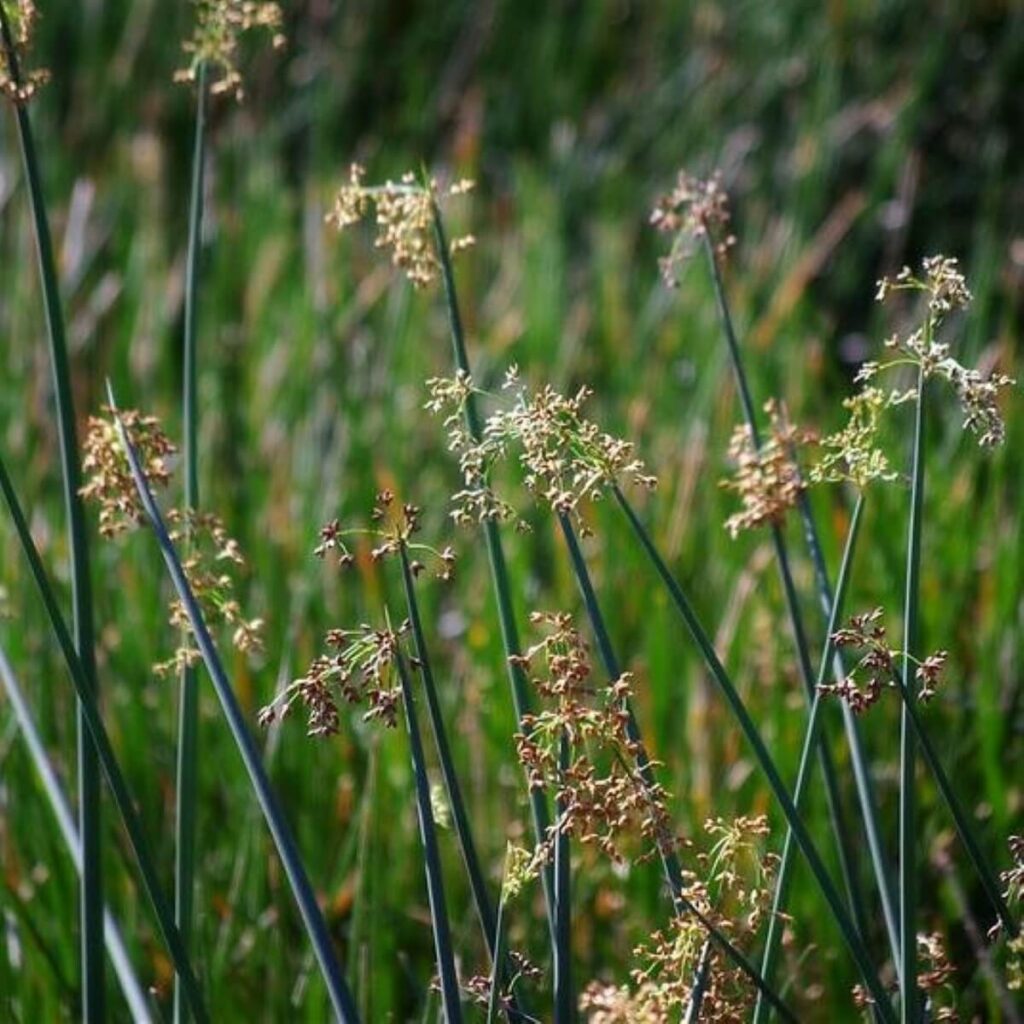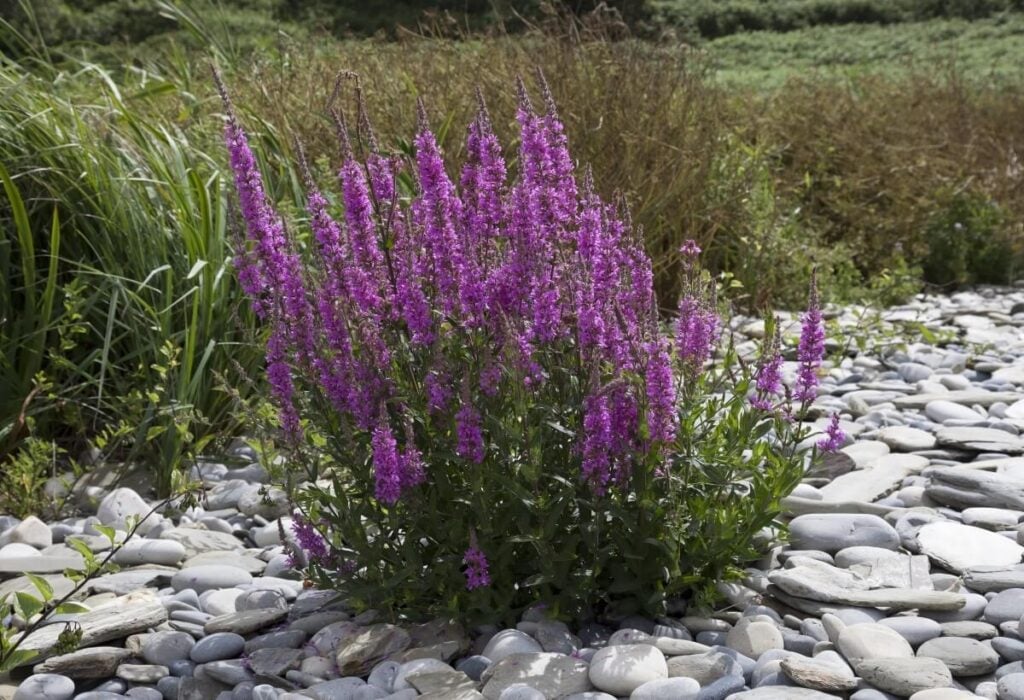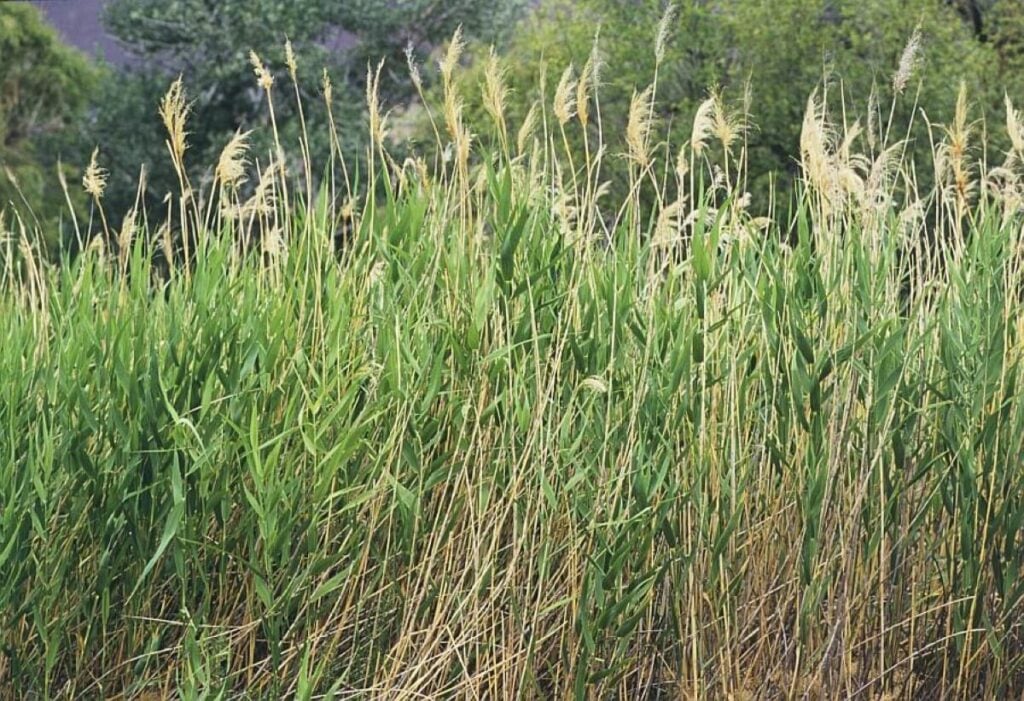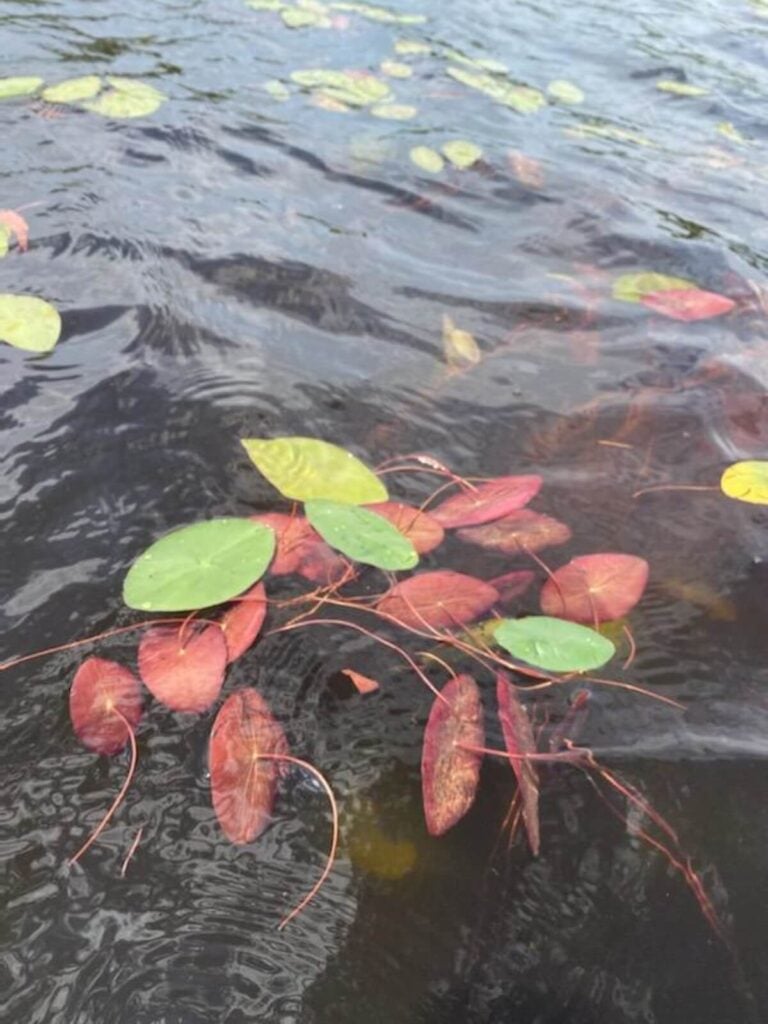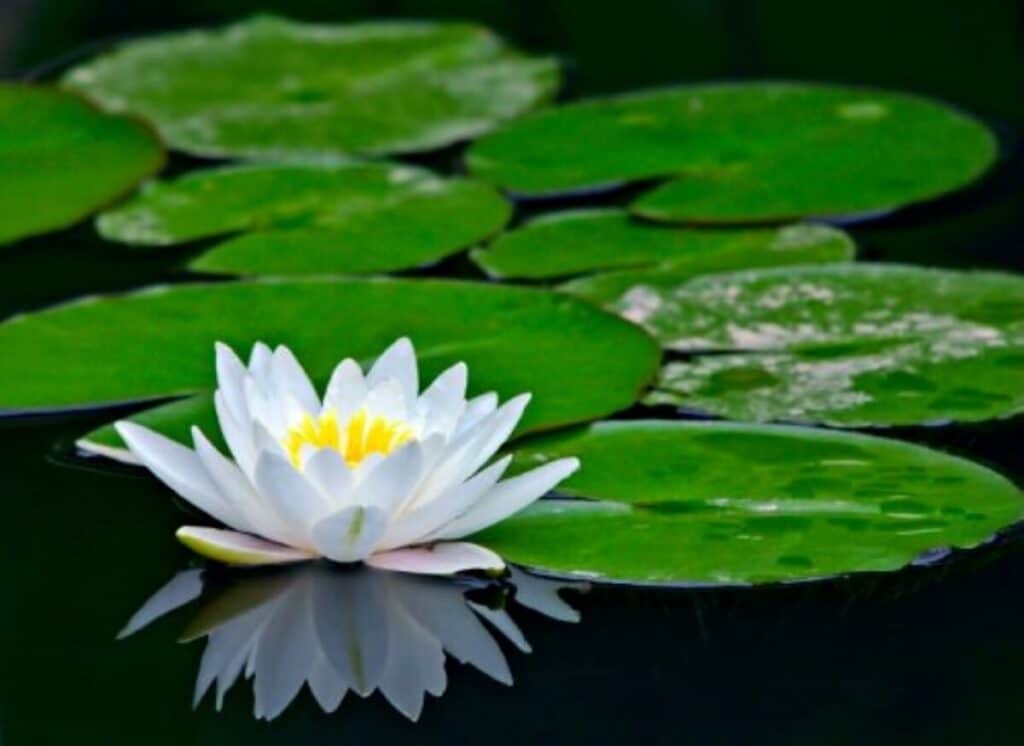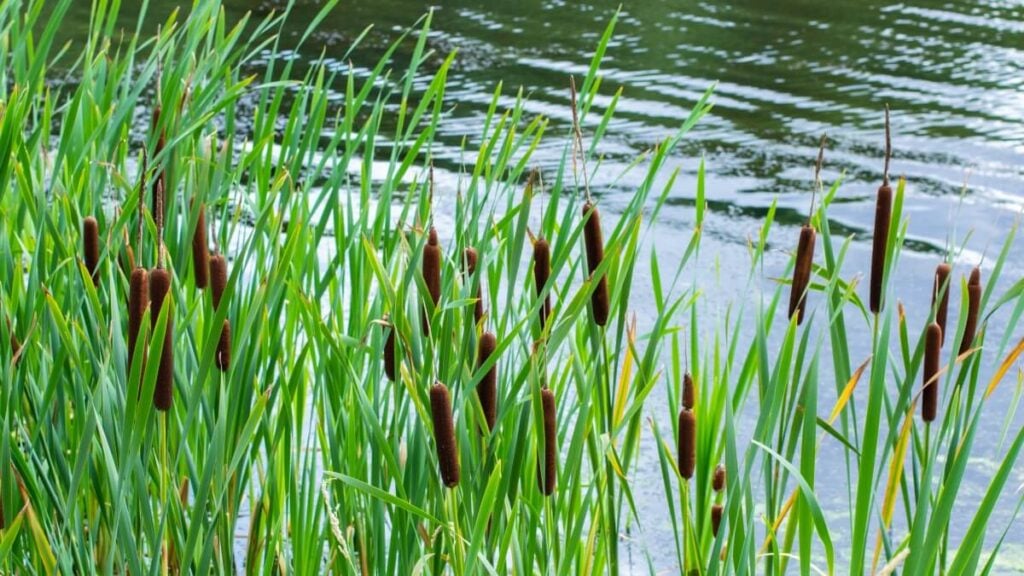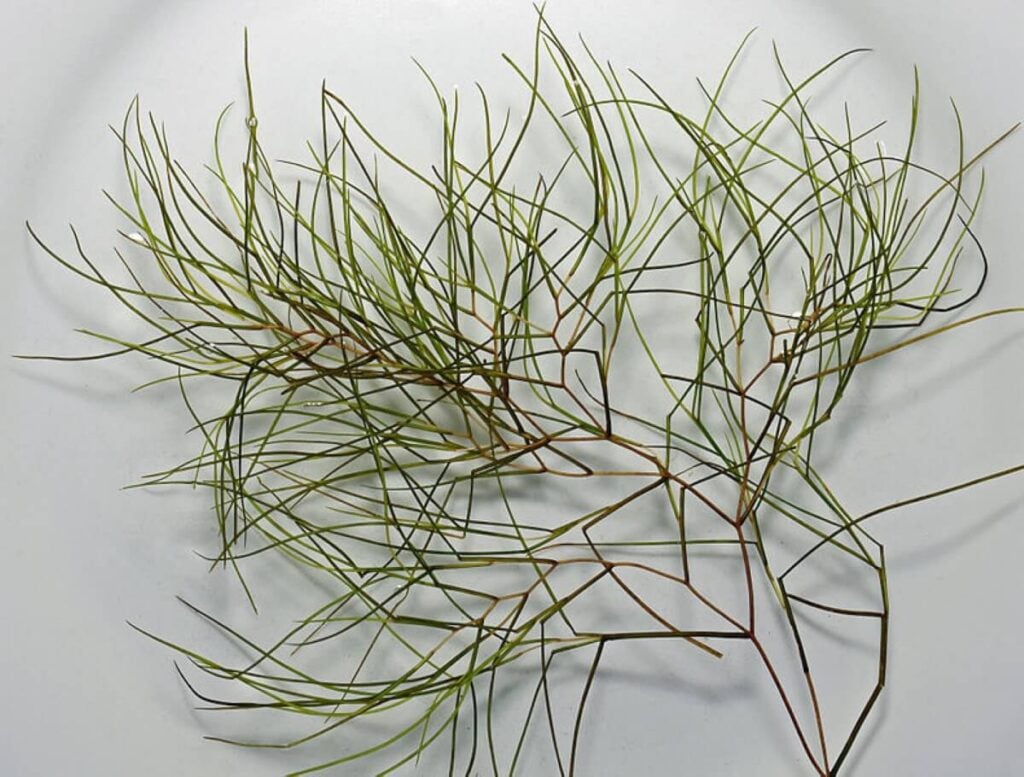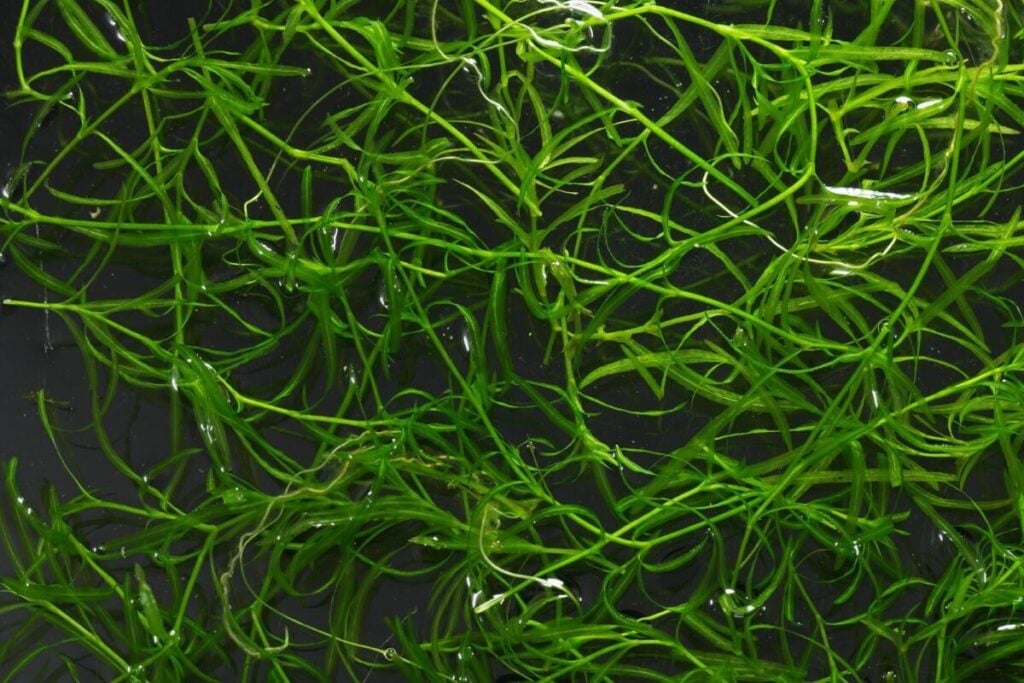Weed Control
How to Control Aquatic Weed Types and Aquatic Plants
Ponds grow a variety of pond weed types, many of which look similar. The aquatic weed identification information below lists the most common weed types -- including emergent, submerged, and floating weeds -- to help you explore and identify aquatic weeds in your pond or lake.
For those looking for weed control solutions, Lake Restoration has developed all-in-one pond and lake weed control kits that make it unnecessary to identify the type of weeds in your pond. Feel free to use the information below to facilitate your pond weed identification goals, or contact us today to talk to our customer support team about the right control product for your pond or lake.
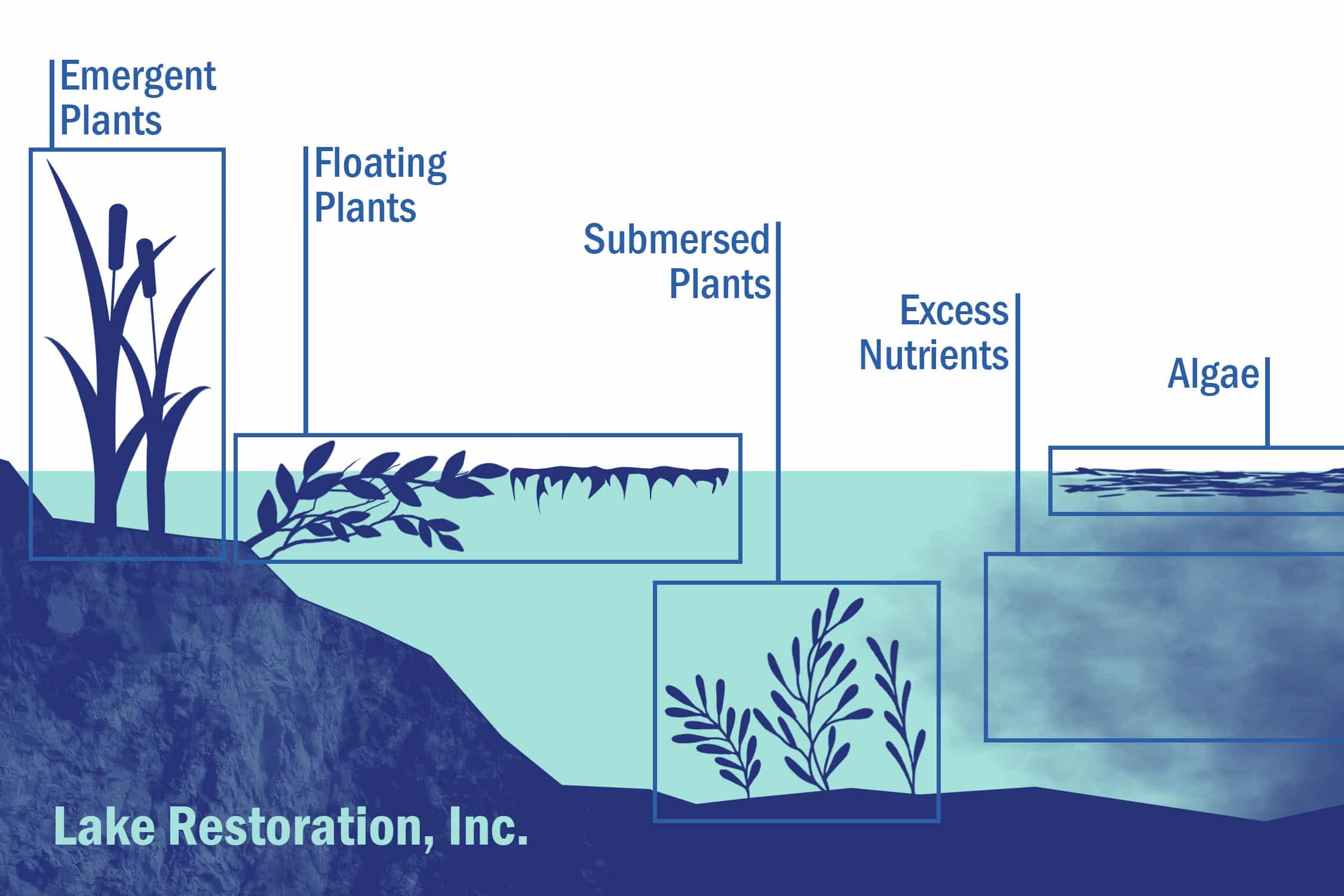
Chara Algae
Chara appears like a submerged plant, but it is not truly rooted. Chara is branched with whorls of leaf-like structures.
Mosquito Fern
Mosquito fern floats on the surface, forming large colonies, and can be green or red to brown.
Salvinia
Salvinia is a free floating aquatic fern with two green lobes above the water.
Bladderwort
Bladderwort has yellow flowers and small bladders attached to the leaf like branches, which are alternately arranged.
Water Stargrass
Water stargrass has thin green leaves and small, yellow, star shaped flowers.
Bur Reed
Bur reed is a tall grass like plant with distinctive prickly looking flowers.
Frog Bit
Frog bit is an emergent aquatic plant with round to heart shaped leaves and white flowers.
Spatterdock
Spatterdock has large heart shaped leaves that float on the water or stand up some and yellow flowers.
Arrowhead
Arrowhead has large arrow like leaves and white flowers.
Pickerelweed
Pickerelweed has elongated heart shaped leaves with violet blue flowers.
Parrot Feather
Parrot feather has feathered leaves that come above the water’s surface and can look like they are made of plastic.
Water Primrose
Primrose stems are often red. Bright yellow flowers bloom in summer with five petals.
Bulrush
Bulrushes are long grass like plants with brown spiky flowers that bloom in spring.
Purple Loosestrife
Purple loosestrife has woody, square stems with purple flowers at the ends.
Phragmites
Phragmites have round, hollow stems with a seed head at the end of the stem.
Watershield
Watershield’s floating leaves are smaller than lilies, green on the top and brown and slimy on the bottom; flowers are typically brownish.
Water Lily
...
Cattails
Cattails are most easily identified by their brown, cylindrical flowers.
Sago Pondweed
Sago pondweed has many thread like submersed leaves that alternate and grow up to six inches long with a sharp point on the end.
Southern Naiad (Bushy Pondweed)
Southern naiad has short leaves that are in groups of two or three on the stem with more dense clusters toward the top.


